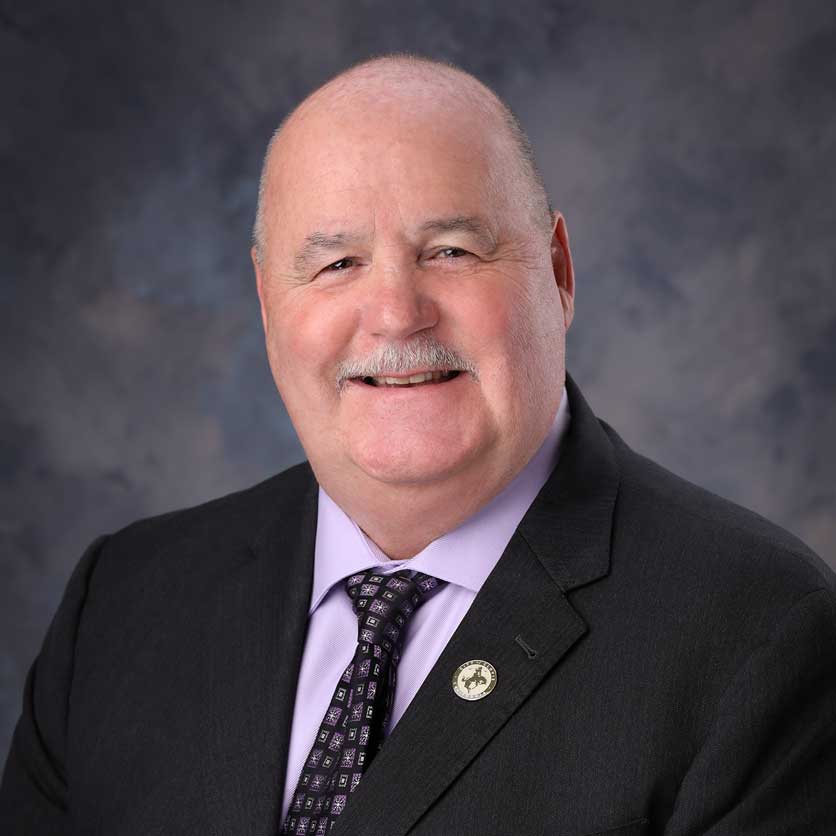Farmers are celebrating a new milestone in cleaning up San Joaquin Valley air quality. Over the last seven years, agricultural operations have replaced more than 12,000 tractors and other off-road equipment with newer, lower-emission models. This has dropped the daily nitrogen oxide (NOx) load by more than 11 tons, improving local air quality while also reducing climate-warming greenhouse gas emissions.
The voluntary program has garnered a notable reputation within environmental policy circles for working closely with industry to understand the needs of farmers and then refine the protocols to improve the results. Much of the drive to collaborate stems from a federal mandate looming over the valley. If the region failed to meet a certain air quality threshold, the government would have required farmers to replace their tractors regardless of incentives. Local, state and federal agencies confirmed in November that the district has achieved the federal goal for turning over older equipment ahead of the mandate.
“This is clearly one of our most cost-effective programs and the emission reductions are historic,” said Todd DeYoung, director of strategies and incentives at the San Joaquin Valley Air Pollution Control District, during a recent briefing to the district’s governing board. “These programs really don't work unless we have stakeholder buy-in. To that end, we work very, very closely with growers, stakeholders, manufacturers, our valley dealer network, industry trade groups and other organizations to really get this program right."
To help reach that goal, the Legislature passed two Assembly bills in 2017 that established a state incentives program for replacing the equipment. The Funding Agricultural Replacement Measures for Emission Reductions, or FARMER, program has targeted grants for cleaner harvesting equipment, heavy-duty trucks, pump engines, tractors and zero-emission utility terrain vehicles. The money derives from cap-and-trade taxes on companies, revenue that is deposited into the state’s Greenhouse Gas Reduction Fund. The local air district distributes the funding and has allocated more than $600 million in grants, including $60 million approved in December.
 Clovis Councilmember Drew Bessinger
Clovis Councilmember Drew Bessinger The state also distributes grants through a fund at the Air Resources Board known as the Carl Moyer Program, and the district works closely with the USDA Natural Resources Conservation Service to combine state dollars with federal grants through the Environmental Quality Incentives Program, known as EQIP. The combined investments add up to more than $1.8 billion.
With a 50% cost share for FARMER, the industry has stepped up with a commitment of nearly $500 million. Smaller operations, however, often lack the capital to invest in new equipment. The program accommodates this by covering up to 80% of the cost for those farmers and allowing for used equipment, if it falls within a cleaner engine tier.
The demand for the grants remains strong, with more than 4,000 applications lined up at the district, representing another $360 million in funding needs. DeYoung recognized the challenge for growers to navigate a complex application process and then wait a year, on average, until the money arrives.
“This isn't easy,” said Drew Bessinger, who serves on the district’s governing board and commended staff for engaging so closely with stakeholders. “You have to almost understand a foreign language to know exactly how this works.”
Bessinger said the success speaks to the significant amount of lobbying by regional stakeholders and local governments.
“It is heartening to see this,” he said. “Often we think that Sacramento is tone deaf, especially when it comes to the Central Valley.”
It’s easy to be “in the know” about what’s happening in Washington, D.C. Sign up for a FREE month of Agri-Pulse news! Simply click here.
Board member Amy Shuklian stressed that the district is home to the nation’s top three counties for agricultural production and lamented that “the farmers are continually being attacked for polluting the air.” She appreciated that the district is helping to counter that narrative.
“I don't think it can be overstated. This is a big deal,” said Roger Isom, president and CEO of both the California Cotton Ginners and Growers Association and the Western Agricultural Processors Association (WAPA). “This is the fourth time agriculture has been challenged with meeting additional emission reductions. And every single time we've met it.”
He explained that the mandatory federal rule would not have achieved reductions until 2030, but the voluntary approach accomplished that goal early, and without any lawsuits. Isom reminded the board that agriculture cannot pass on the cost of upgrading the equipment to consumers through higher prices.
“You're not going to get more for your walnuts just because you bought a new tractor,” he said. “We have to absorb those costs.”
In coordination with other trade groups, WAPA led legislators on tours of farms and processing facilities last fall to demonstrate the benefits of the new equipment. Advocates like Isom have been lobbying the Legislature and governor’s office to maintain some level of FARMER funding in the next fiscal year, despite the record budget shortfall. Gov. Gavin Newsom has not included any new funding in his initial budget proposal released on January 10, but lobbyists still have time to make their case in the months ahead and they have many success stories to drive their message.
Kevin Abernathy, general manager of the Milk Producers Council, detailed one example of the drastic air quality improvements underway. He explained how electrifying dairy feeding operations has reduced NOx emissions for that equipment from about 8,000 pounds per day to just 311.
“I really see a world where we can continue to move forward for public health and keep folks in business—with the technologies we've got today,” said Abernathy.
For more news, go to Agri-Pulse.com.


